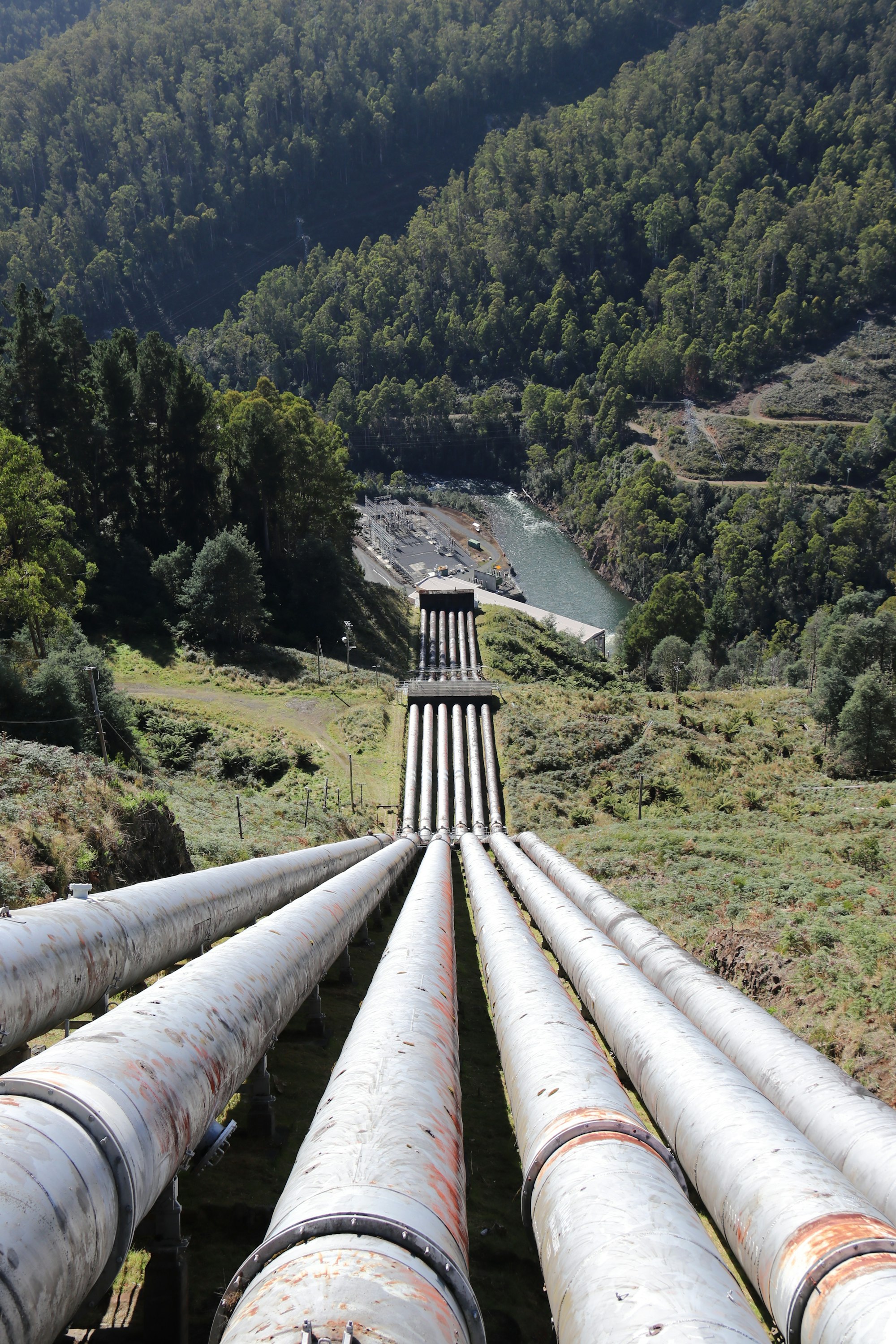Jenkins 2.0: Makes it easy for organisations to deliver software continuously

28 Apr 2016
I have spent the last 3 years of my life helping Jenkins claim its place upfront and central in the Continuous Delivery market. The journey first started by providing first class support for CD pipelines through Jenkins Pipelines and has culminated in the first major release of Jenkins in 10 years. I am incredibly privileged to have helped Kohsuke Kawaguchi in this journey. The following is a blog post that I put out on cloudbees.com for the release.
Jenkins 2.0 is generally available now. It is the first major release of Jenkins in 10 years after about 700 weekly releases. It is indeed a major milestone in the Jenkins project. The primary focus of the release is Pipelines - a means to helping organisations deliver better software faster.
Why should I care?
A fair enough question so I will wear a different “I” hat and answer why Jenkins 2.0 is relevant to you.
Role: Engineering Manager
Key Issue: My team delivers an application from development to production - what does Jenkins 2.0 bring to the table?
Pipelines: An easy to use DSL to model, view and optimise your application delivery value stream that can significantly improve the pace of delivery for your applications.
Jenkins 2.0 natively supports the notion of pipelines and helps to model your delivery pipeline through a DSL that is checked into the source code repository (Jenkinsfile). This file can then be version controlled and shared with other teams.
If your team was using multiple (existing) Jenkins plugins to model your pipeline, Pipelines greatly simplifies expressing the delivery pipeline, maintaining and managing it.
Pipeline stage view helps your team analyse the performance of the delivery pipeline and hone in on problematic stages in the delivery chain.

Pipelines support GitHub and BitBucket organisations and pull requests. Point Jenkins to a GitHub organisation that has a Jenkinsfile checked in, Jenkins will automatically create a job, run and manage it - very useful when onboarding new teams.
Role: Shared Services Engineering Manager, VP of Engineering, Tools Group Manager
Key Issues:
- My team is responsible for minimizing the impact of downtimes for various teams that depend on the tools supplied by my team.
- My team is responsible for fostering best practices across engineering groups delivering applications.
Pipelines survive infrastructure outages; common delivery patterns can be stored in global libraries that are shared across various teams.
Pipelines are durable and resumable. Thus, if you support an engineering team whose application delivery spans multiple days, you can support them with the confidence to know that pipelines has inbuilt resilience to survive infrastructure failure. The pipeline job continues running even if the master fails. If you use CloudBees Jenkins Platform - your job can resume from the last checkpoint on executor failures.
Pipelines follow the DRY principle - your team can capture common deliverability patterns (“deploy to Tomcat”) into functions that can be invoked by teams that you support. Thus, your team can share best practices within the organisation.
Role: An existing Jenkins user
Key Issue: Any usability improvements?
Besides Pipelines, Jenkins 2.0 brings in a number of improvements for usability. Jenkins 1.x configuration page becomes overloaded with configuration choices introduced by plugins. Improvements to the configuration management has been an area of focus for Jenkins 2.0.

A new startup wizard helps newbies get to a running installation quickly with a pre-configured set of plugins as well.
Role: Jenkins administrator Key Issue: Will an upgrade break an existing installation?
Jenkins 2.0 is backward compatible and a drop-in replacement. So upgrade without worries.
So go ahead - bring in Jenkins 2.0 and earn good karma within your organisation
Resources: